Russia has occupied Ukrainian nature reserves: how does this affect the world's ecology?
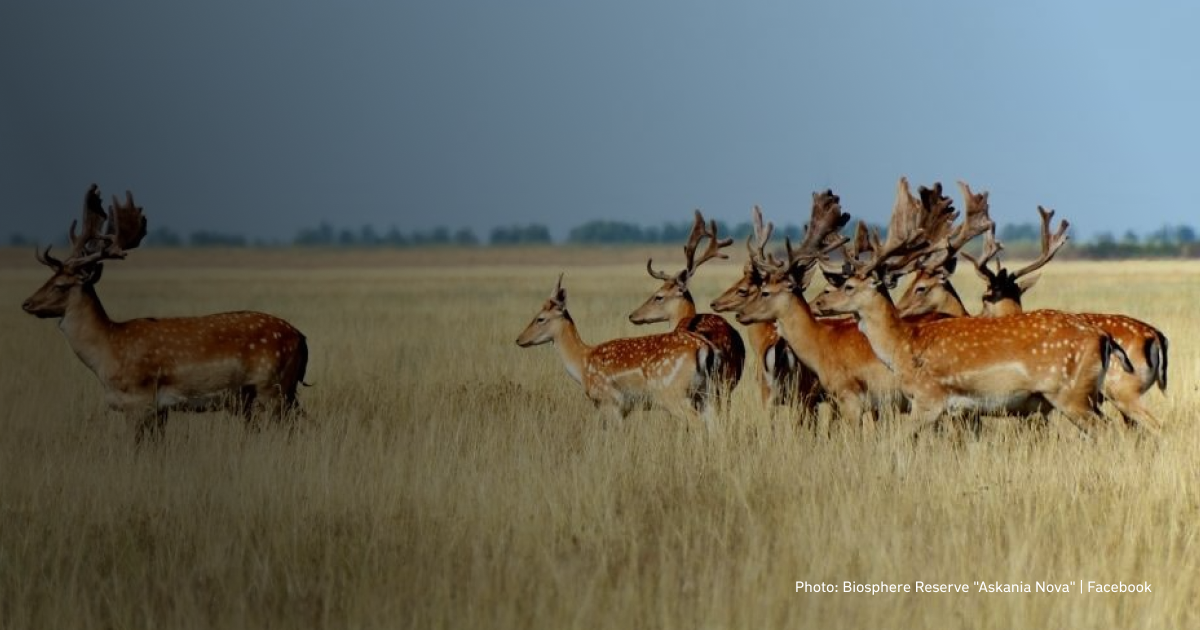
Przewalski's horse, Grévy's zebra, markhor, and demoiselle crane are rare animals that live in the Askania-Nova reserve (a territory of the Kherson region 51 kilometres from the occupied city of Nova Kakhovka, where Russians blew up the Kakhovka hydroelectric power station on June 6, 2023 — ed.) The Russian military occupied its territory on February 24, 2022, and it is unknown what happened to the animals.
In total, 13 national parks, eight nature reserves, and two biosphere reserves in Ukraine are under temporary Russian occupation. There are four national parks and four nature reserves in the liberated territories of the Kyiv, Kherson and Donetsk regions.
Askania-Nova and the Black Sea Biosphere Reserve in the Kherson region in the south of Ukraine are among the largest and most famous occupied reserves. Today, due to the full-scale invasion, both may disappear as they lose their biodiversity.
Hostilities disturb the peace of wild animals: they either die or try to escape from dangerous areas. War affects the breeding of many birds and mammals due to stress. Most migration corridors pass over the war zone in southern Ukraine, leading to bird deaths, mainly due to fatigue and lack of places to rest.
Read more about the state of the occupied reserves, the challenges and threats of the hostilities, and the consequences of the occupation in the material.
The oldest reserve in Ukraine under Russian occupation
National parks, nature reserves, natural monuments, protected tracts, arboretums, zoos, botanical gardens, monuments of landscape art, regional landscape parks, and biosphere reserves — all of these are part of the nature reserve fund of Ukraine. All of these are temporarily occupied by Russia or have been damaged due to hostilities.
"There are 8,500 nature reserve sites in Ukraine, and about two thousand of them are in the temporarily occupied or already de-occupied territories. The most important ones for Ukraine are the Askania-Nova Biosphere Reserve and the Black Sea Biosphere Reserve in the Kherson region,"
says ecologist Oleksii Vasyliuk.
Askania-Nova is the oldest nature reserve in Ukraine in the Kherson region. It has the largest wild steppe in Europe. The zoo is home to animals of savannahs, deserts, steppes, mountainous areas, and rare birds of the steppe zone, such as the Swinhoe's pheasant, demoiselle and common cranes, steppe eagle, and cinereous vulture. Most of them are listed in the Red Data Book of Ukraine (the official list of rare, vulnerable and endangered species of animals and plants in Ukraine — ed.)
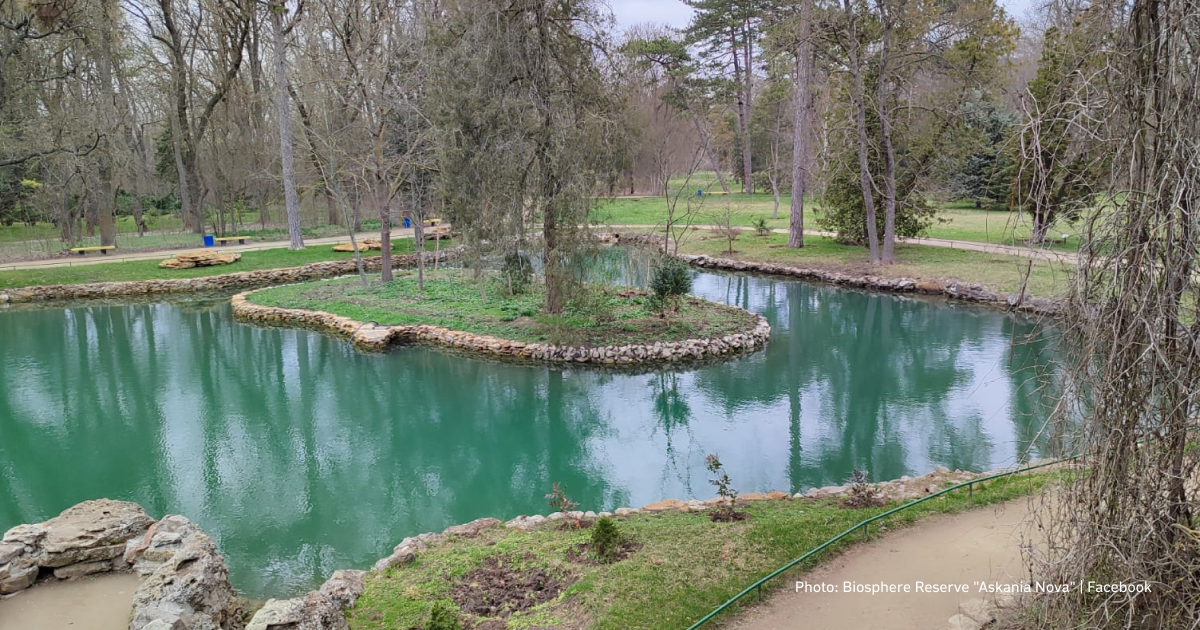
The Azov-Black Sea bird migration route passes through the protected area. In some years, the number of migrating birds reaches 800,000.
At the beginning of the full-scale invasion, the Russian military occupied the territory where the reserve is located, and in March 2023, they installed their leadership here.
Immediately after the change of leadership, Ukrainian employees wrote that the further preservation of the nature conservation and research institution of international importance, which is the reserve, cannot be ensured by the Ukrainian administration and is under threat.
Before establishing the so-called Russian "administration", Ukraine, the EU and the US could cover all the reserve's immediate needs and expenses, including animal feed, through charitable contributions. Prior to the full-scale invasion, the reserve required about 40 million hryvnias to maintain, most of which were received from visitors.
The Ukrainian government did not provide any funds, but Ukrainian volunteers and NGOs held fundraisers to help the animals. Currently, such actions are impossible.
According to the ecologist, after the change of leadership, the entire Ukrainian scientific management team left the reserve. The only ones left are the workers who look after the animals, as the evacuation of the staff could threaten their extinction, says Oleksii Vasyliuk.
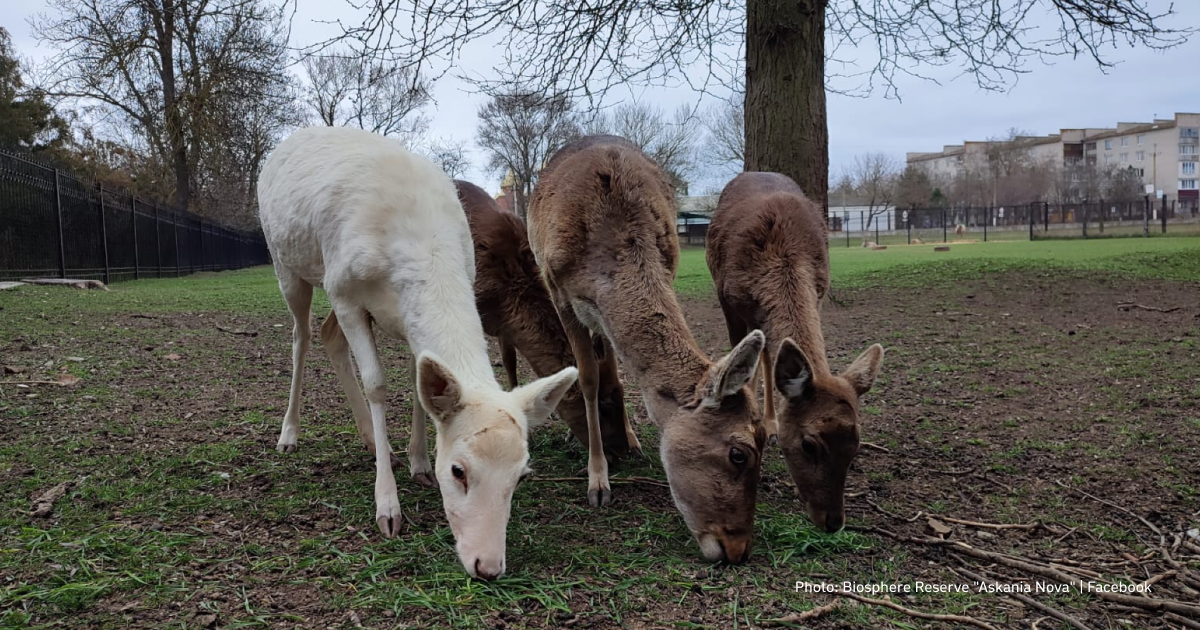
"Askania-Nova is the only object of the nature reserve fund whose employees cannot leave the territory because animals are kept there. They need to be looked after, fed and treated every day. It is important to mow and dry the grass for the winter. We need to keep track of the reserves and fill the lakes constantly, especially during the bird migration period," says the ecologist.
The Black Sea Reserve in the Kherson region on the northern coast of the Black Sea is also occupied. Its territory consists of island, coastal and forest-steppe areas that are under UNESCO protection.
The reserve is vital in preserving numerous bird species, as it is the site of their migration route. The total number of birds is more than 300 species, including the great white pelican, white-tailed eagle, Kentish plover, Black-winged stilt, and rosy starling.
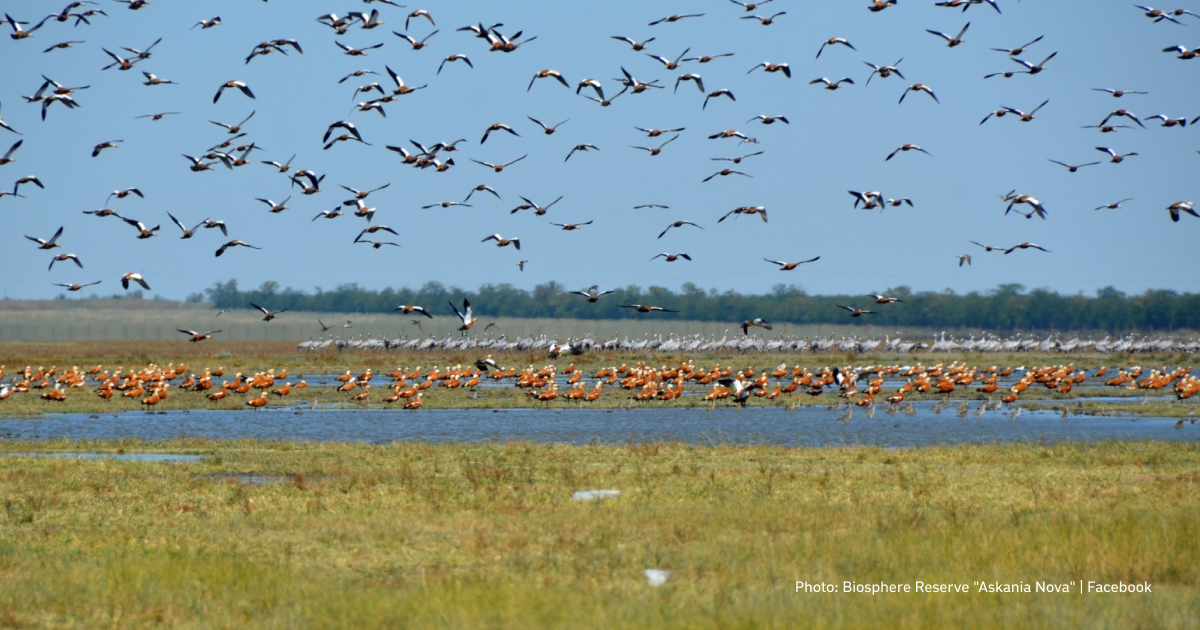
The reserve's waters are home to 83 fish species, approximately 50% of the Black Sea's total species composition. There are also mammals, including the Red Book badger, Eurasian otter, monk seal, southern birch mouse and dolphin.
"This area is extremely important for global bird migrations in autumn and spring. Currently, there are many trenches, fires, and explosions which hinder migration. All of this can cause birds to become anxious and exhausted due to changes in routes or lack of opportunities to rest,"
says ecologist Oleksii Vasyliuk.
Occupation of nature reserves in the east of Ukraine since 2014
Four parts of the Luhansk Nature Reserve in the Luhansk region, which borders Russia, are also under Russian control. The reserve is one of the few habitats for rare steppe species such as the Vipera renardi, steppe rat snake, blotched snake, great jerboa, southern birch mouse, and mole vole.

Russians are building fortifications here, which spoils the biodiversity. Another factor of damage to protected areas is shelling and explosions of shells that damage the landscape, destroying vegetation and fauna.
Branches of the Ukrainian Steppe Nature Reserve, the Sviati Hory and Meotyda National Nature Parks, and regional landscape parks in the Donetsk region are in zones of occupation or hostilities.
Meotyda is located within the Donetsk region and its Novoazovsk and Manhush districts on the shores of the Azov Sea. It is home to 79 species of fish and Red Book plants and birds, including the Pallas's gull, Kentish plover, and black-headed bunting.
The territory of the reserve in the Novoazovsk district has been occupied since 2014 (on April 12, 2014, Russia launched an offensive against the Ukrainian Donetsk and Luhansk regions on the border — ed.) Russians conducted military exercises there using machine guns and grenade launchers, destroying a large number of birds and their nests.
The Sviati Hory National Nature Park is the largest natural park in Europe. It has over 40,000 hectares of forest, chalk mountains, coniferous forests, and dozens of fish species in the Siverskyi Donets River.
Back in 2014, more than 100 hectares of the park burned down as a result of shelling during the battles for Sloviansk (the battles took place in April-July 2014 when Russians and militants invaded the city. The occupation of the city lasted three months — ed.)
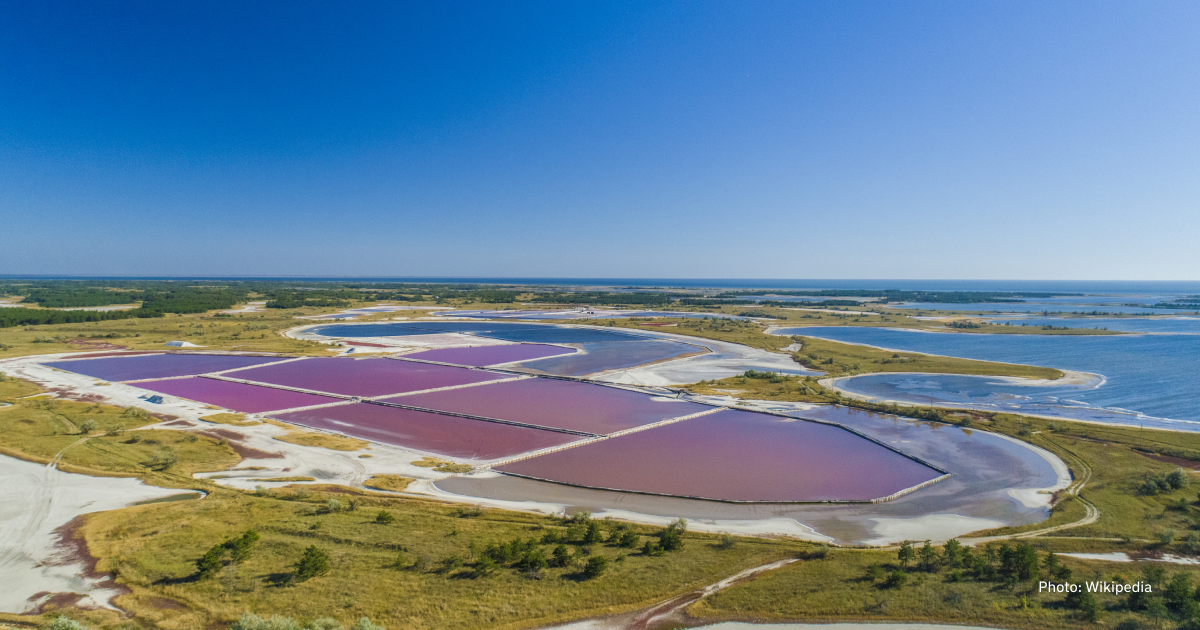
Only the Chalk Flora Nature Reserve, which covers two administrative districts in the Donetsk region — Lyman and Sloviansk — is located on territory controlled by Ukraine. The Chalk Flora is distinguished by the presence of almost all natural components: forests, mountains, rocks, meadows, ravines, gullies, steppes, and shrubs.
The reserve suffered from military operations in June-July 2014 — from fires and the digging of trenches.
What is the threat from the Russian occupation of the reserves?
The biggest threat to the reserve fund in the conditions of hostilities and occupation is ammunition explosions, says ecologist Vasyliuk. 100% of the chemical content of ammunition remains in the soil, which will affect the surrounding world.
In particular, the flight of a rocket over a field affects soil fertility because toxic rocket fuel is released.
Also, most parts of the reserve fund suffer from fires. In particular, Askania-Nova has experienced seven fires in almost two years of occupation. Until February 24, 2022, some parts of the reserve had not seen a single fire in 120 years.
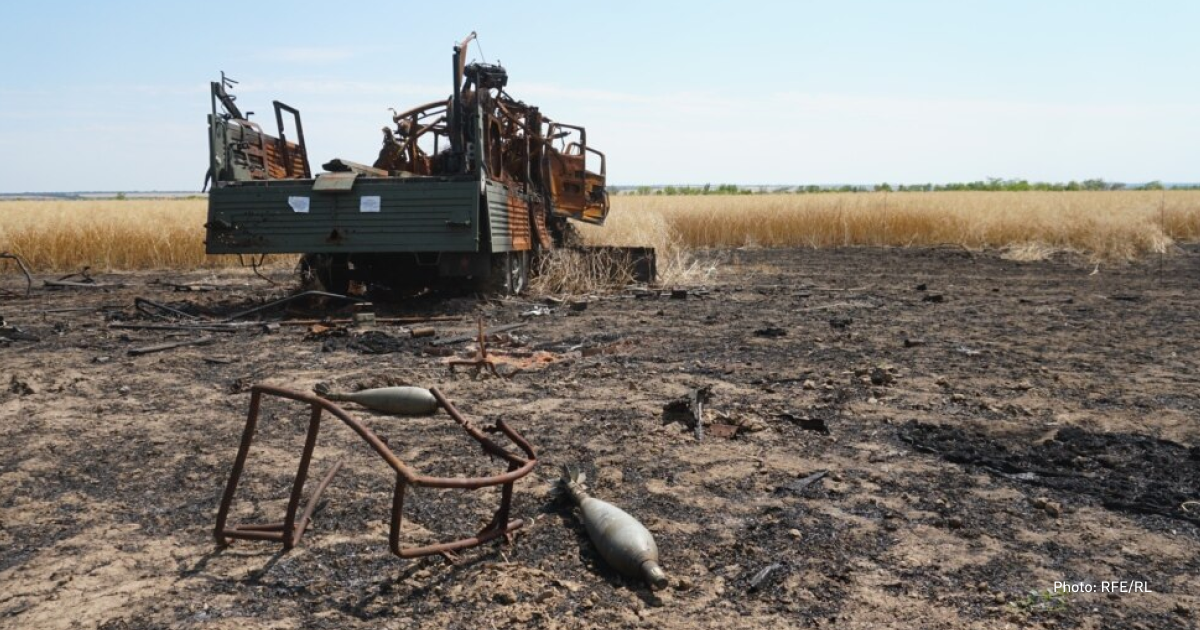
"The biggest threat is the complete burning of the reserve, the enclosures of the Great Chapelskyi Pid, which houses a collection of ungulates included in the List of Scientific Objects of the National Heritage of Ukraine," the military administration of Askania-Nova said in a statement.
The fires were caused by the deployment of Russian troops in the reserve. One of the fires started after a missile was launched by Russian military aircraft over the protected area.
The nature reserve is also affected by the construction of fortifications, which damages the vegetation and creates a trap for animals that fall in and die.
Occupation of Chornobyl: the impact of radiation that killed many people in 1986
The same happened to the Chornobyl Biosphere Reserve on the border with the Exclusion Zone (an area heavily contaminated with radionuclides due to the 1986 Chornobyl accident — ed.). Brown bears, elks, wolves, lynxes, deer, and Przewalski's horses restored their populations after humans left this area.
For more than a month of occupation (from February 24 to March 31, 2022 - ed.) of the Chornobyl NPP and the Exclusion Zone, the Russian military was in the most dangerous place in terms of radiation contamination and received an annual dose of radiation. They also disrupted the ecosystems of the biosphere reserve next to the nuclear power plant.
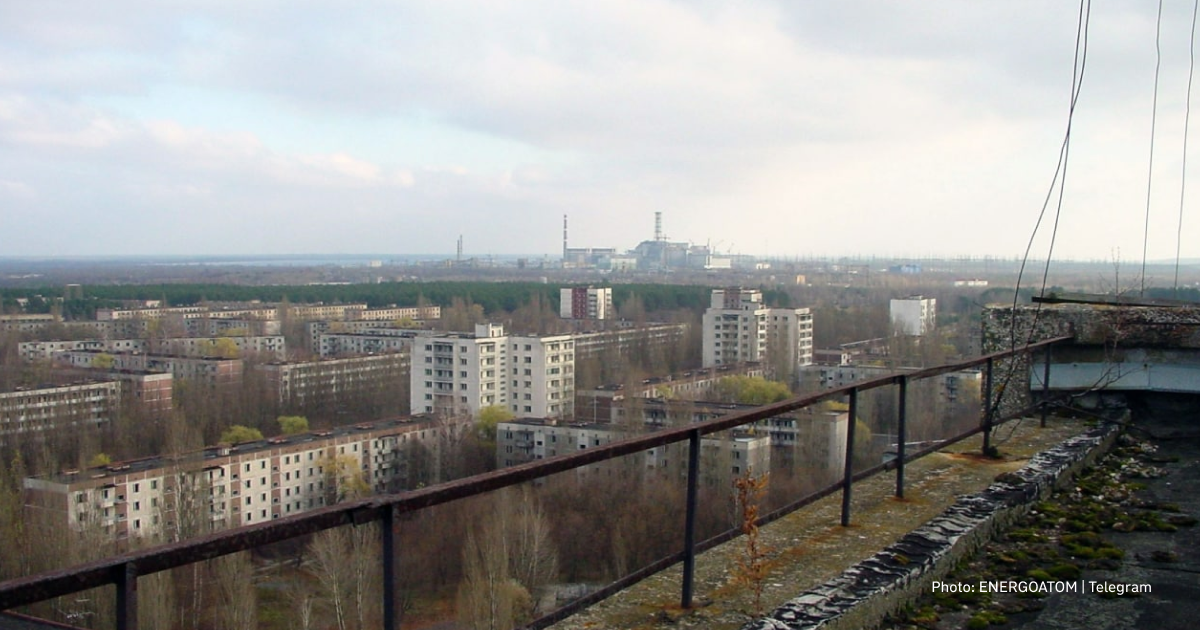
"The news about fires, the movement of military equipment, and the trenches of the Russians are all about the biosphere reserve. For over 30 years, nature has been working to make this area overgrown. Today, the Chornobyl zone is the largest wild forest in Central Europe. You can do research there and have excursions, but not dig. Instead, the Russians buried their equipment and built checkpoints. They raised the radiation from the soil to the surface again, which will affect the exposure, manifesting itself in the form of cancer," the ecologist explains.
According to the Ukrainian Nature Conservation Group, the first cases of deliberate arson in forests were recorded on March 12-14, 2022, when Russians set fire to forests in the Chornobyl Exclusion Zone. The fire, which destroyed 15,000 hectares (including those contaminated with radiation) in the area from Irpin to Chornobyl, occurred on days when the winds were directed towards Kyiv, the capital of Ukraine.
The area has been de-occupied today, but returning it to its pre-war state is impossible. Ecologist Oleksii Vasyliuk names two reasons.
"Firstly, we were not there at the time of the occupation and do not know what exactly happened there. When the demining of these territories begins, nature will be further deformed,"
Vasyliuk says.
The most contaminated forests will be out of use for many decades, as their demining is not a priority and requires much more effort and time than the demining of similar areas of agricultural land.
The second reason is the lack of research on the state of the reserves before the occupation. It will make it difficult to compare the state before and after.
"We will not be able to say for sure what has disappeared and what has changed. There are also no examples in the history of studies of such large-scale restoration processes. For the first time in world history, Ukraine has faced such unpredictable consequences of war for nature,"
concludes Oleksii Vasyliuk.
Consequences of the occupation
The war has led to the physical destruction of plants and animals, deterioration of their living conditions, destruction of the territory's topography, mining, poisoning of the territory with chemicals, and destruction of nature reserve sites. According to the Ministry of Environmental Protection and Natural Resources of Ukraine, 514 nature reserve sites remain occupied, and 812 have been damaged.
The movement of heavy machinery, construction of fortifications and hostilities damage the soil cover. It leads to the degradation of vegetation and increases wind and water erosion. About 2.9 million hectares of the Emerald Network (a network of protected areas of European importance — ed.), created to preserve species and habitats that need protection at the European level, are under threat.
A number of migration corridors for many bird species pass through the war zone, and they will be forced to change. The hostilities and occupation pose risks to breeding many birds and mammals, and thus, their continued existence is in question.
The global climate crisis, which is being affected by Russia's war against Ukraine, is also in question.


